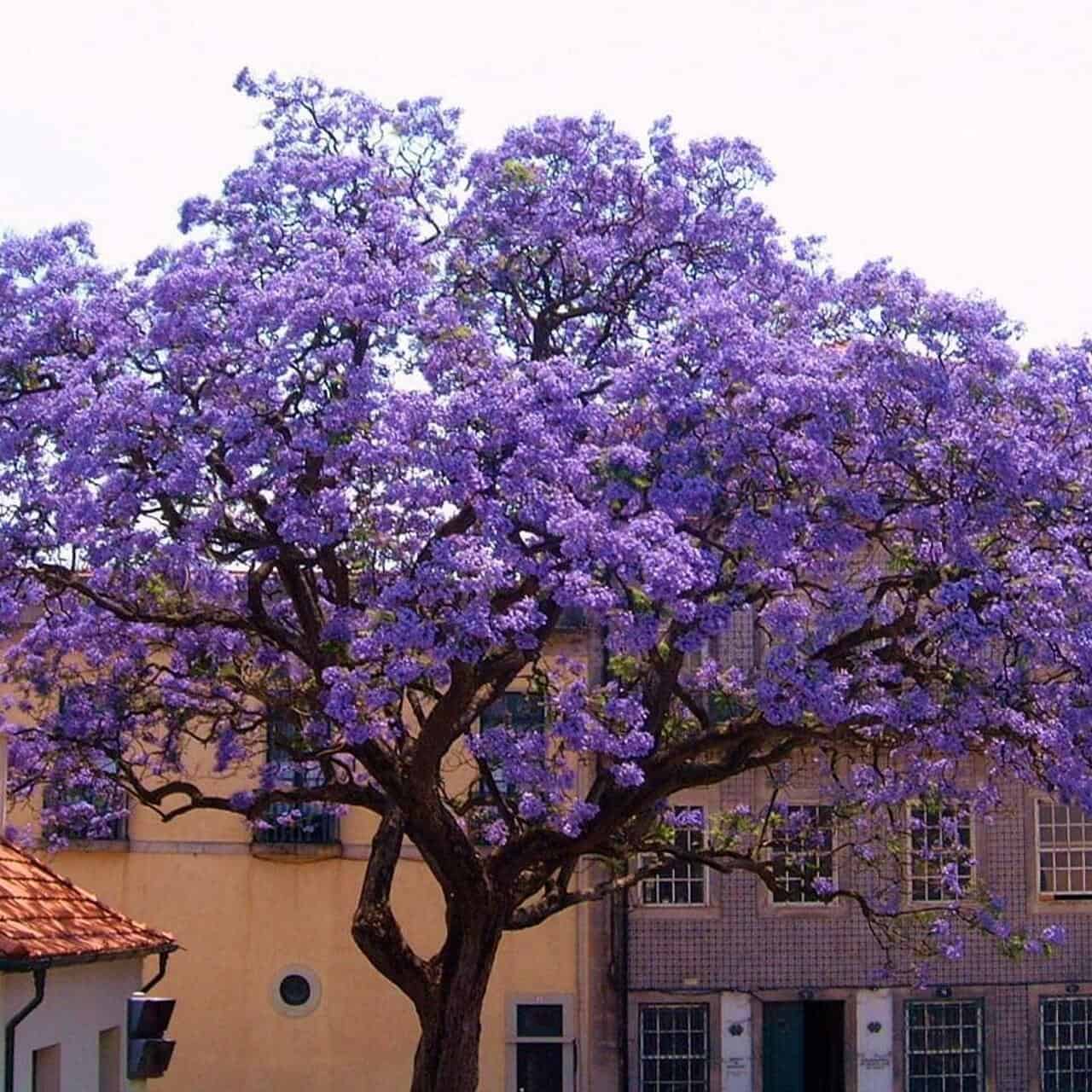

However it is a great provider of nectar for bees and seeds for birds! 4. I love this tree but it can be considered invasive as it will easily move into disturbed areas. They plant this tree in Southern Europe to be used for perfume.
Blooms: golden yellow ball-shaped blossoms from March-April. Huisache actually means “many thorns” in Nahuatl – a language spoken by the indigenous people of Mexico. Other identifiable characteristics of Huisache are its multiple trunks and skinny branches with thorns and fern-like leaves. I’m guessing they will not bloom this year given the February 2021 Snowcopalypse. However, in some areas the tree may not bloom every year if the flower buds are hit by a late frost. Only recently did I realize it was the name of a native Texas tree with beautiful puff balls of yellow flowers in the spring! smalliiįor several years I loved eating at the Huisache Grill in New Braunfels, without knowing what “Huisache” meant. Huisache Scientific Name: Acacia Farnesiana var. Apparently, they are especially delicious sautéed in butter! The cut branches also make for a beautiful spring arrangement. You can eat the flower buds and flowers of the Texas Redbud. Common Names: Texas Red Bud (different from Eastern Red Bud). Blooms: pinkish purple blooms cover branches in March & April. (Image source: ) Texas Redbud Tree Details The deep pink flower covered branches of the Texas Redbud are hard to miss. The leaves will turn yellow and fall from the tree in the winter. The rest of the year you can identify the plant by its heart shaped leaf. I also personally think it is the prettiest flowering tree in Texas! It is one of the most recognizable flowering trees of Central Texas and commonly used in landscapes. Its branches are covered in purplish pink flowers between March and April. This is one of the pretties blooming trees in Texas and hard to miss when it is in bloom. Texas Redbud Scientific Name: Cercis Canadensis var. Thankfully, their hard seed coat means that if a child accidentally swallows a bean it will most likely pass through their system without causing harm. However, the beans can be deadly to humans if broken and chewed. The bright red Mescal beans (seeds) of the Texas Mountain Laurel were used by Native Americans for ceremonial uses. Host Plant: Henry’s Elfin and Orange Sulphur butterflies. Common Names: Texas Mountain Laurel, Mescal Bean. Tree with purple flowers in spring full#
Sun Requirements: Dappled shade to full sun.The gorgeous drooping flowers of the Texas Mountain Laurel (Image source: ) Mountain Laurel Tree Details The flowers only last a few weeks in spring, but the remainder of the year the evergreen tree has pretty glossy leaves. Often referred to as the “Grape Kool-Aid Tree”, this one of the first trees flowering in Central Texas in the spring, and its flowers really do smell like grape Kool-Aid! The small tree has beautiful cone shaped clusters of purple flowers that are 3-7″ long. Texas Mountain Laurel Scientific Name: Sophora secundiflora There are more native flowering trees of Texas than just these five, but these are my favorite ornamental trees around San Antonio where I live. Provide ecological diversity from the monotony of yards planted with the same non-native species (i.e., all those Crepe Myrtles and Ligustrum trees!).

Nothing says Texas Hill Country like the Texas Mountain Laurel in bloom! Have evolved in your local climate and tend to handle harsh weather conditions such as long periods of drought better than non-natives.Learn why host plants are so important to sustaining wildlife. Are some of the best butterfly and moth host plants that we have.Why Plant Native Texas Trees?ĭid you know that native trees (those that have evolved in your local area) can offer a wealth of ecological benefits over non-native trees (those imported from other continents)? Native trees: If you are looking for a new tree to add to your yard, go native! These five flowering trees of Central Texas are not only native to the Hill Country area, they are absolutely gorgeous when they are in bloom.






 0 kommentar(er)
0 kommentar(er)
